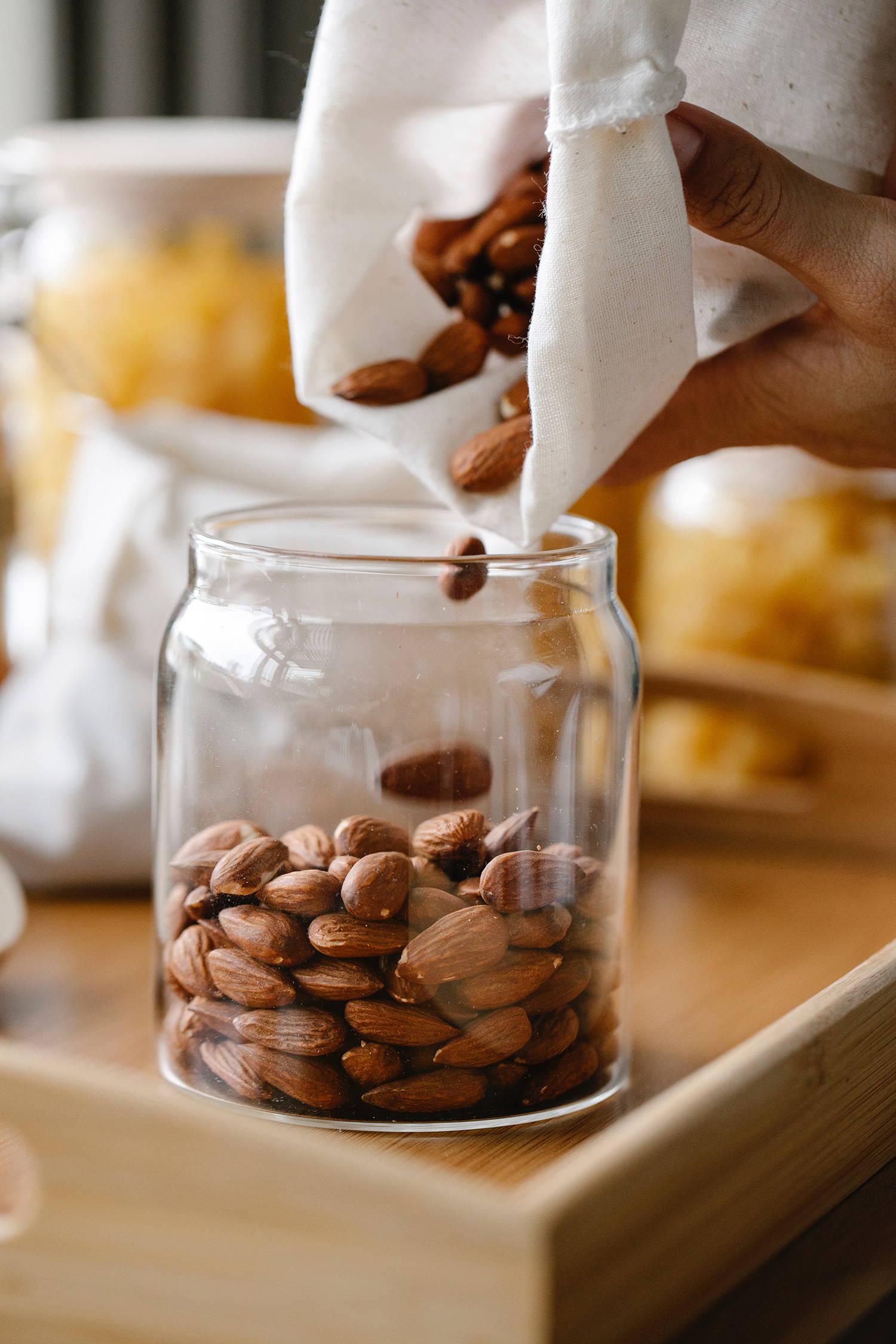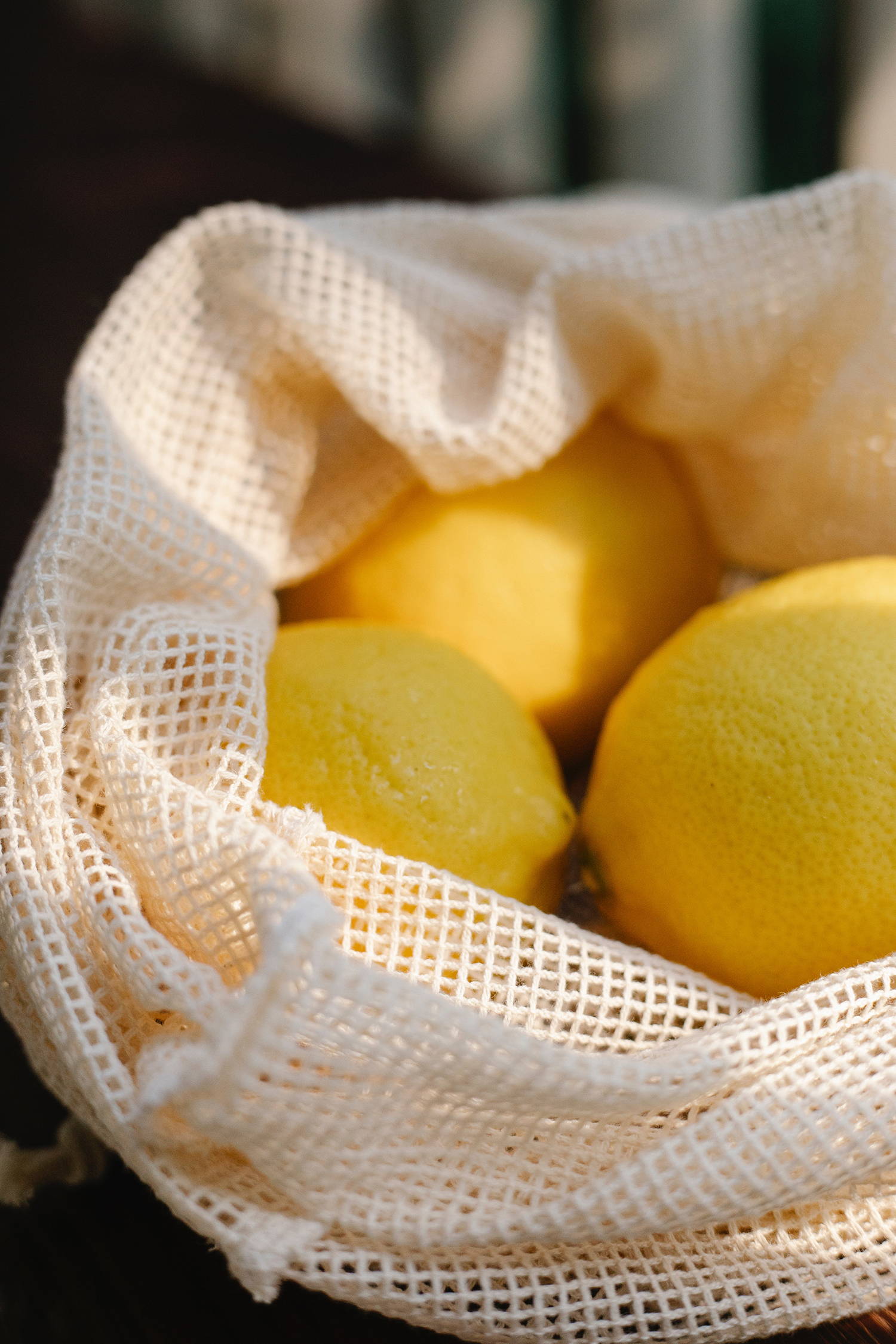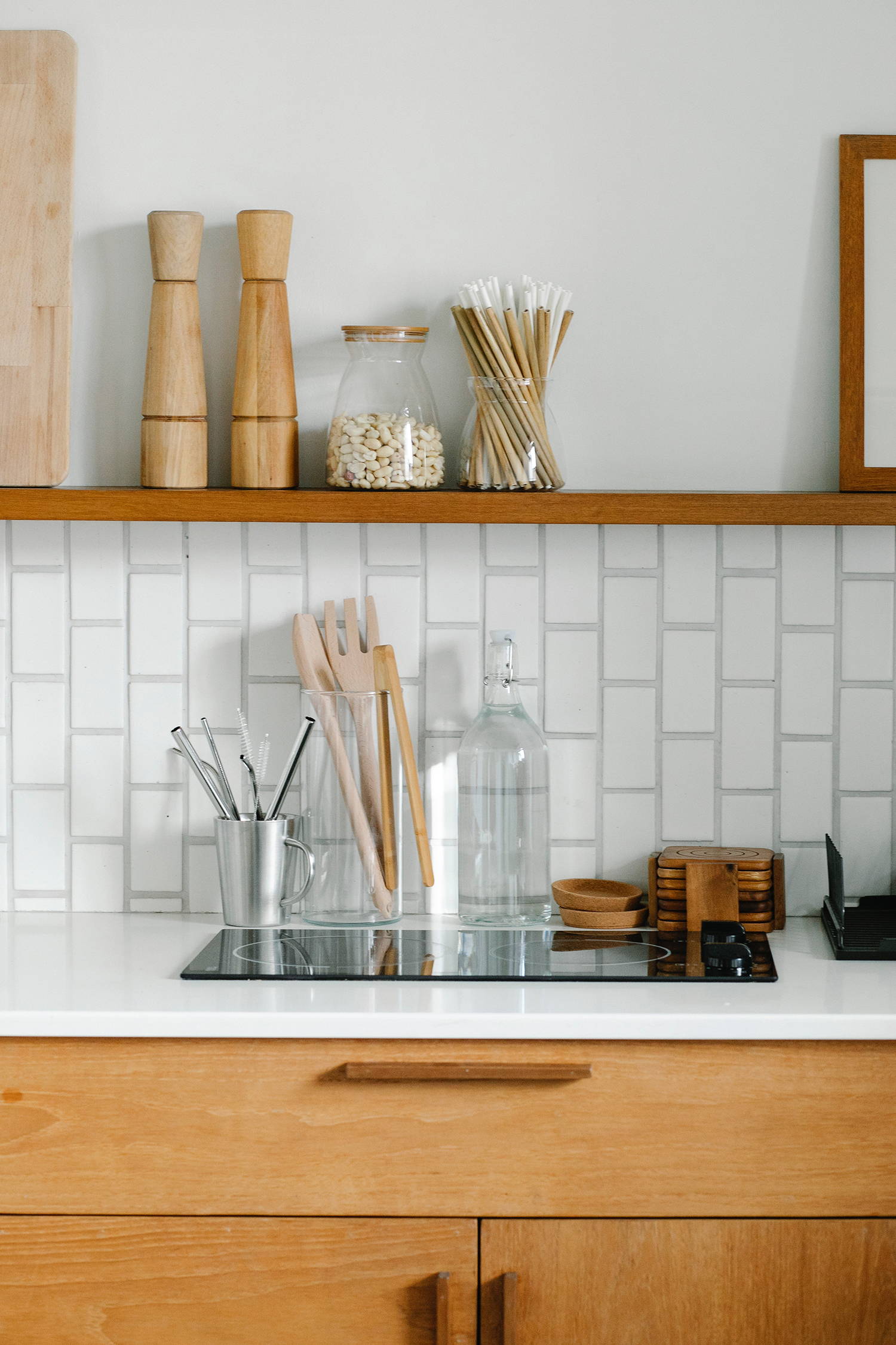SUSTAINABILITY | Six easy ways to reduce your plastic use
26.8.21
We all know when things seem like a good idea, they are often not, kinda like that time you decided to home bleach your hair and left the bleach on too long. When we stop to look in the rearview mirror of time, it's easy to marvel at how easily a good idea can go very wrong. One of those good ideas gone bad is the ongoing obsession with single-use plastics.

PLASTIC NOT SO FANTASTIC
Since the mass production of plastic began in the 1950s, our dependency on it has grown to staggering proportions. But the fact is that most plastics are made from finite fossil fuels extracted from the earth, and plastics do not break down. Instead, they 'break up' into smaller and smaller pieces, creating microplastics and nanoplastics. The creation and degradation of plastics release harmful greenhouse gases, contributing to our planet's changing climate.
SMALL CHANGES CAN HAVE A BIG IMPACT
Plastic shopping bags. Nearly two million plastic bags are used every minute of every day, so what can you do?
- Plan your supermarket visits ahead of time.
- Buy a few reusable bags and keep them in the car, by the front door or in the kitchen.
- Buy a couple of handy silk bags that you carry around in your tote or handbag - the type that folds up into a tiny pocket-sized cover.
- Go one step further and buy reusable bags that are made by local businesses.

Takeaway coffee cups. About 500 billion coffee cups are produced each year, and we bet you didn't know that most of these are lined with a thin plastic film, making them difficult to recycle. The plastic lids are made up of single-use plastics and are rarely recycled. Here's what to do.
- Slow down, take a seat and enjoy your coffee in house.
- Buy a keep cup, carry it around with you and make it your friend.
- Heck, buy a couple because you will always find you've left one at work or at home just when you need that second shot of caffeine.
- Support local artisans by buying a beautiful cup made by a local ceramicist.

Plastic cling wrap. You know that magic stretchy stuff you use to cover absolutely everything in the fridge to keep it fresh? We have sad news. Even when plastic cling wrap is recycled, it's costlier than using virgin materials. According to the World Health Organization, when it ends up in landfills or incinerators, both PVC and PVDC can release a highly toxic chemical called dioxin. Not ideal! So what to do instead?
- Stock up with ceramic, reusable containers to store leftovers and keep food fresh.
- At home, we save all unavoidable zip-lock plastic bags from food purchases, wash and dry them and reuse them repeatedly.
- Shop at local farmers markets where most food is fresh and unpackaged.
- Choose supermarket products with minimal or no packaging.
- If something is covered in plastic wrap and you classify it as a desire rather than a necessity, vote for the environment by not buying it.
- Take your own containers and shop at bulk produce stores.
Plastic bottles. The recycling of plastic bottles results in a downgrading of the plastic, which means it can't be easily recycled again. And here we were, feeling proud of our recycling efforts every time we threw one in the yellow bin. So what's the answer?
- Avoid buying bottled drinking water. Get a reusable drinking bottle and fill it with fresh tap or filtered water instead.
- Avoid buying anything that comes in a plastic bottle where possible. The ultimate goal is reduction!
Plastic straws. This should be the easiest one. Besides, does anyone even use them anymore? The answer is yes; Australians use 3.5 billion straws every year. That's a scary amount of takeaway soft drinks and juices. What to do?
- Go strawless - revolutionary, we know.
- Buy a couple of stainless steel straws and a pouch (again, local makers are creating and selling these at markets and online), and carry them around with you in your bag.
- Sip cup lids. These altogether remove the need for a straw.
- Invest in a Nutribullet and make your smoothies and juices at home. The containers come with a no-spill, screw-on sip lid. Healthier, cheaper and easy peasy.
Single use condiment sachets. Addicted to takeaway sushi handrolls - literally addicted! You know those little sachets they give you, full of wasabi, ginger, soy. Sushi isn't the same without all the goods, but what else can you do if giving up takeaway isn't an option?
- Slow down and eat in if possible.
- Many Takeaway places have a condiments station. Say no to sachets and ask where you can find the bottles etc.
- Wait until you get home to dress your food with all the condiments your heart and palette desire.

ALULU supports the fantastic efforts of organisation, Take 3 for the Sea. Visit their website to learn more facts about the impact of single use plastics on the environment, and find out how else you can make a positive contribution in your area. 🌏
